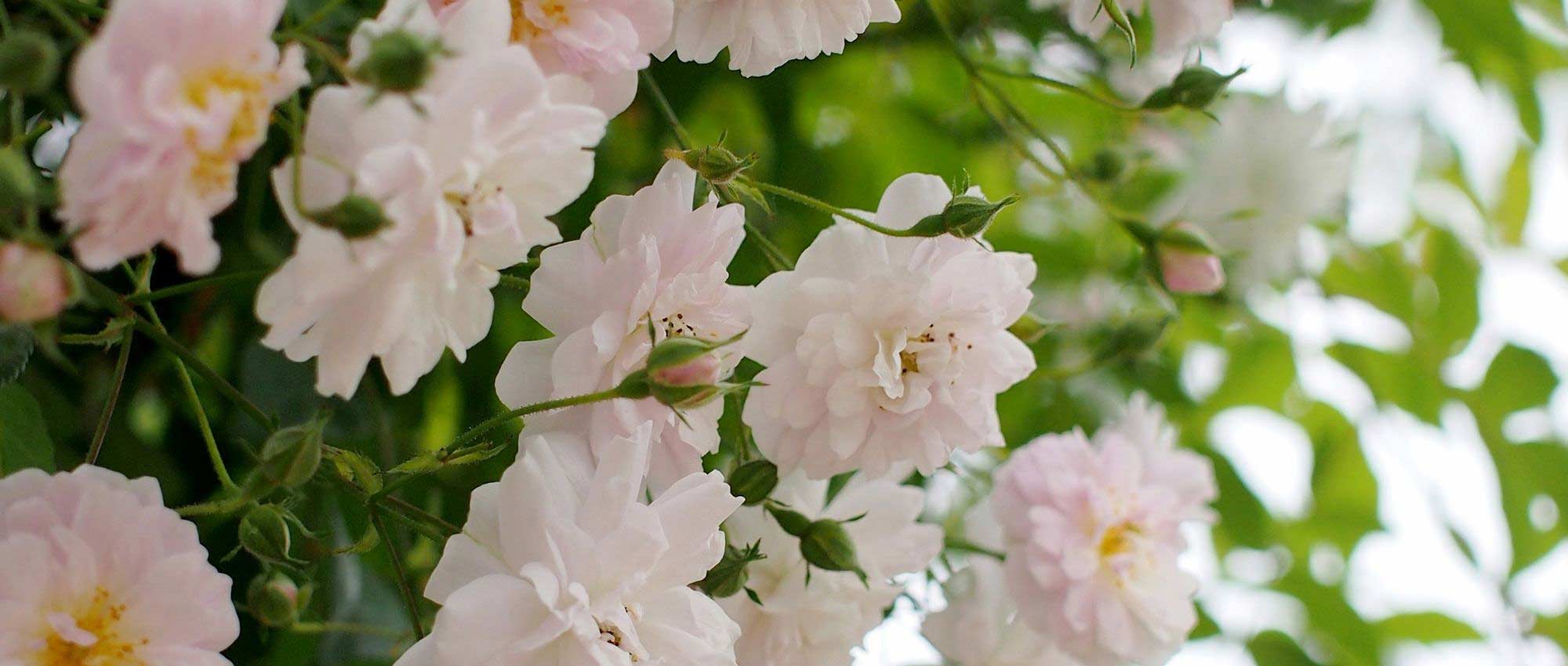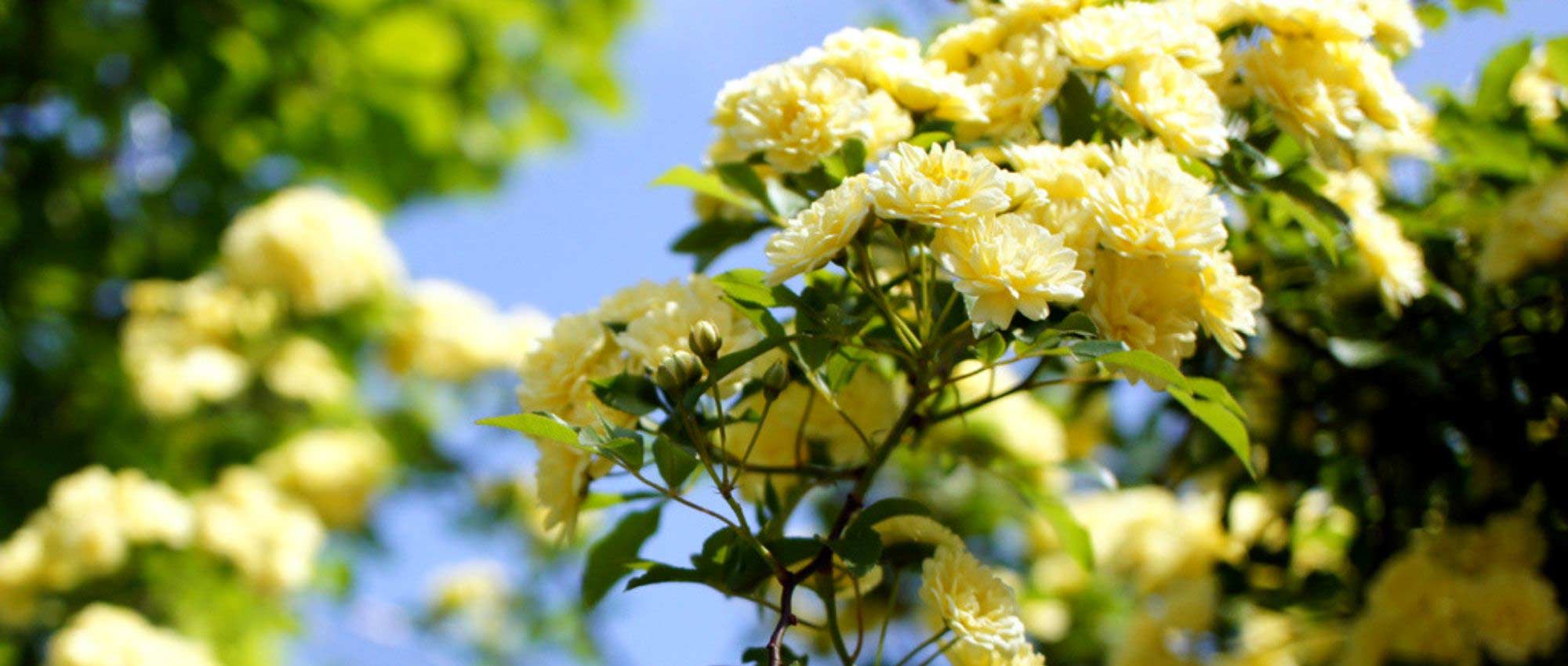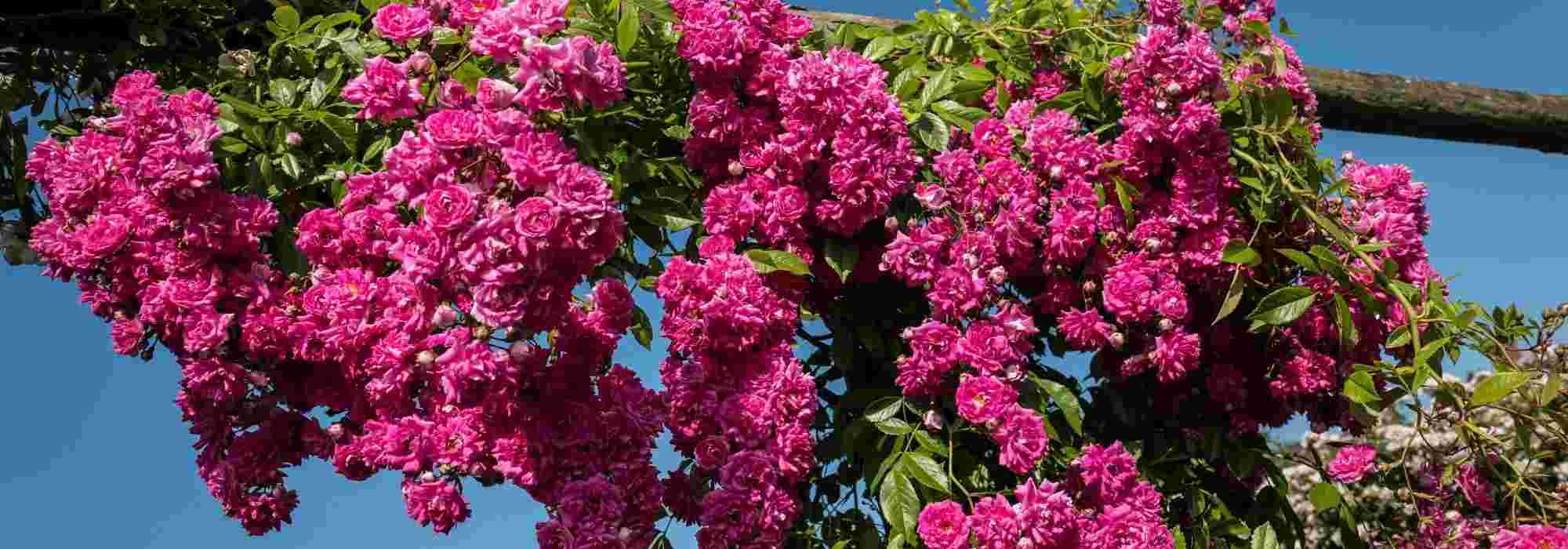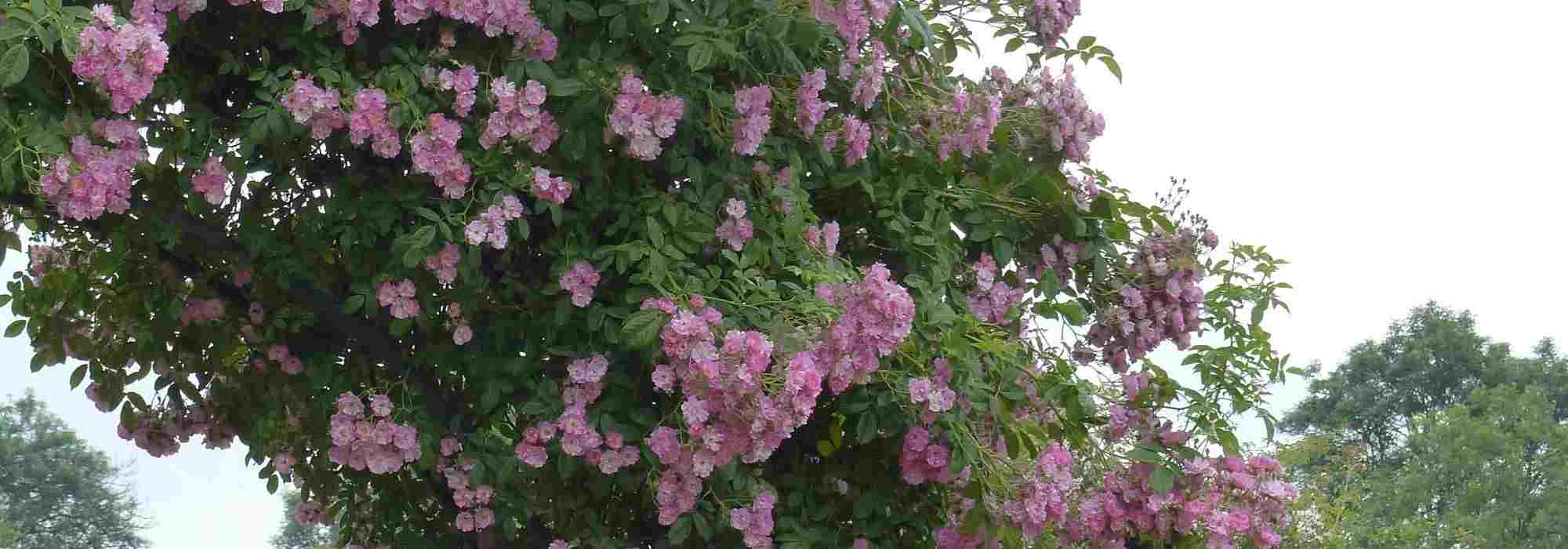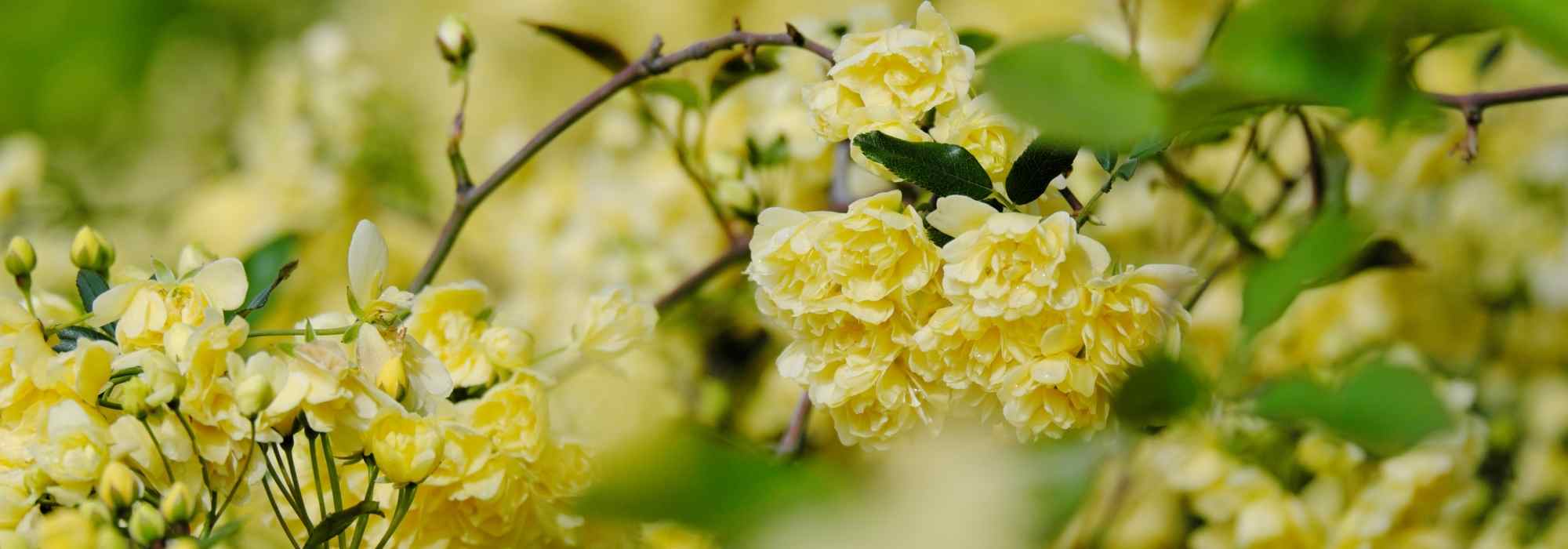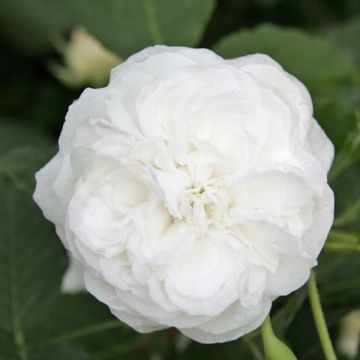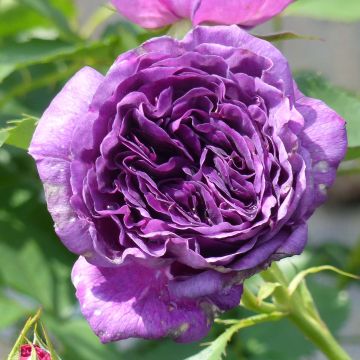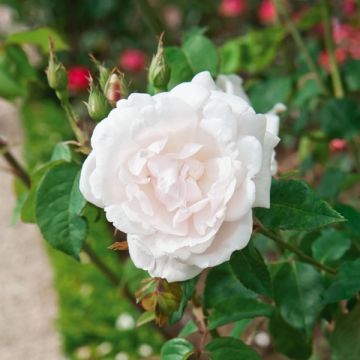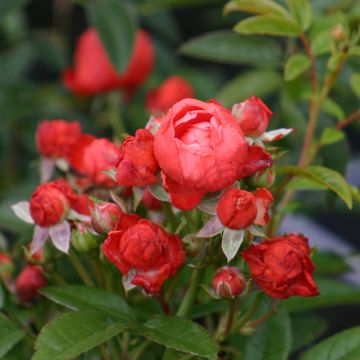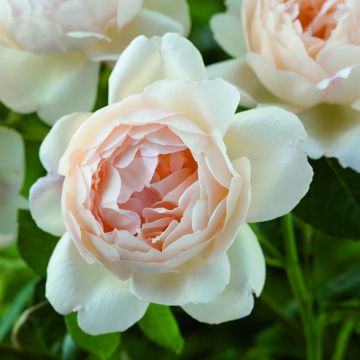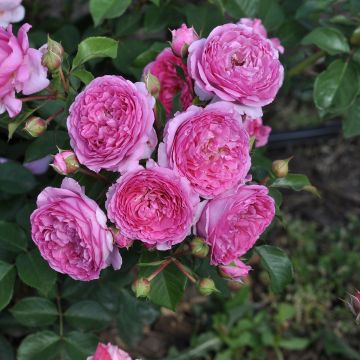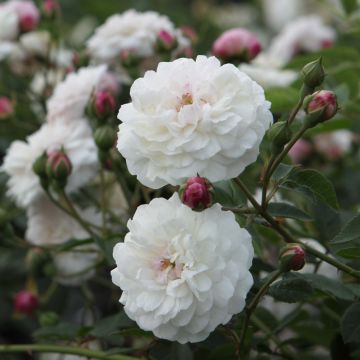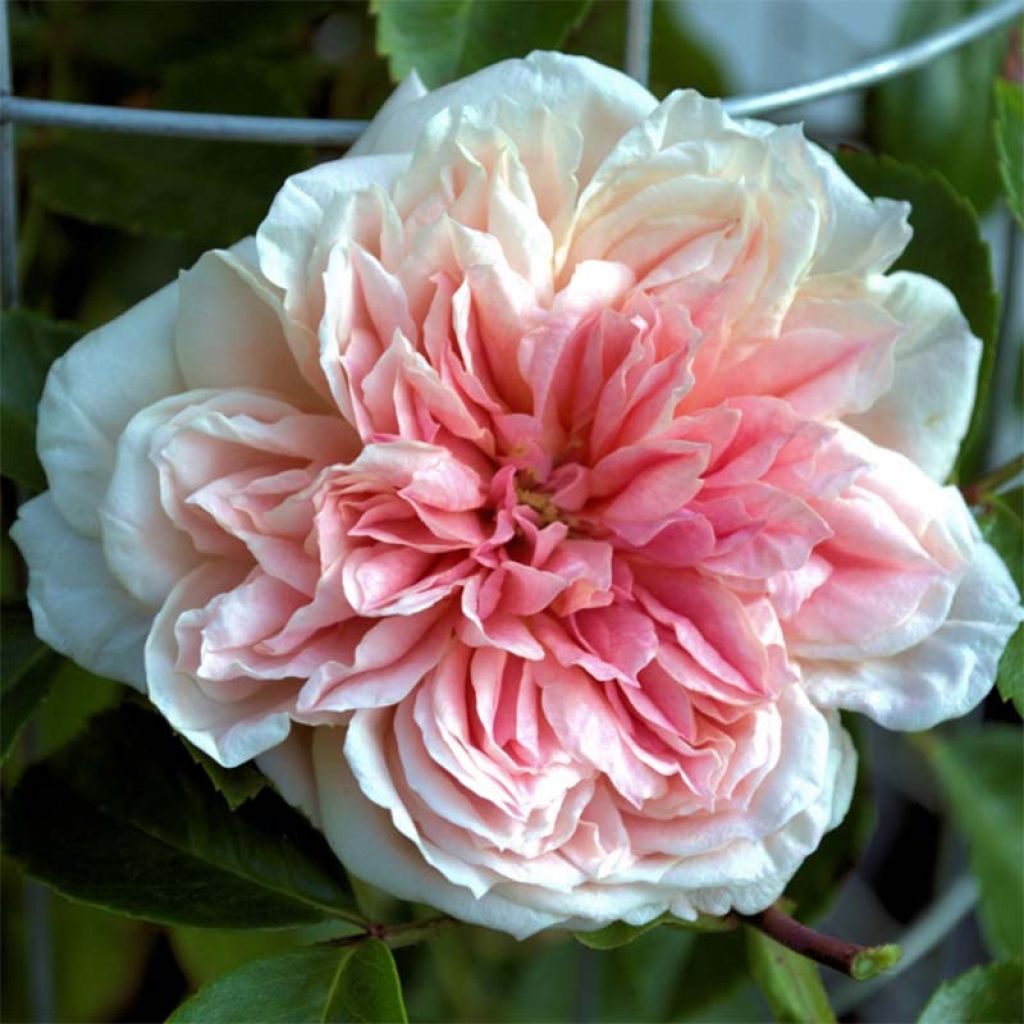

Rosa x wichuraiana 'Paul Noel' - Rambling Rose
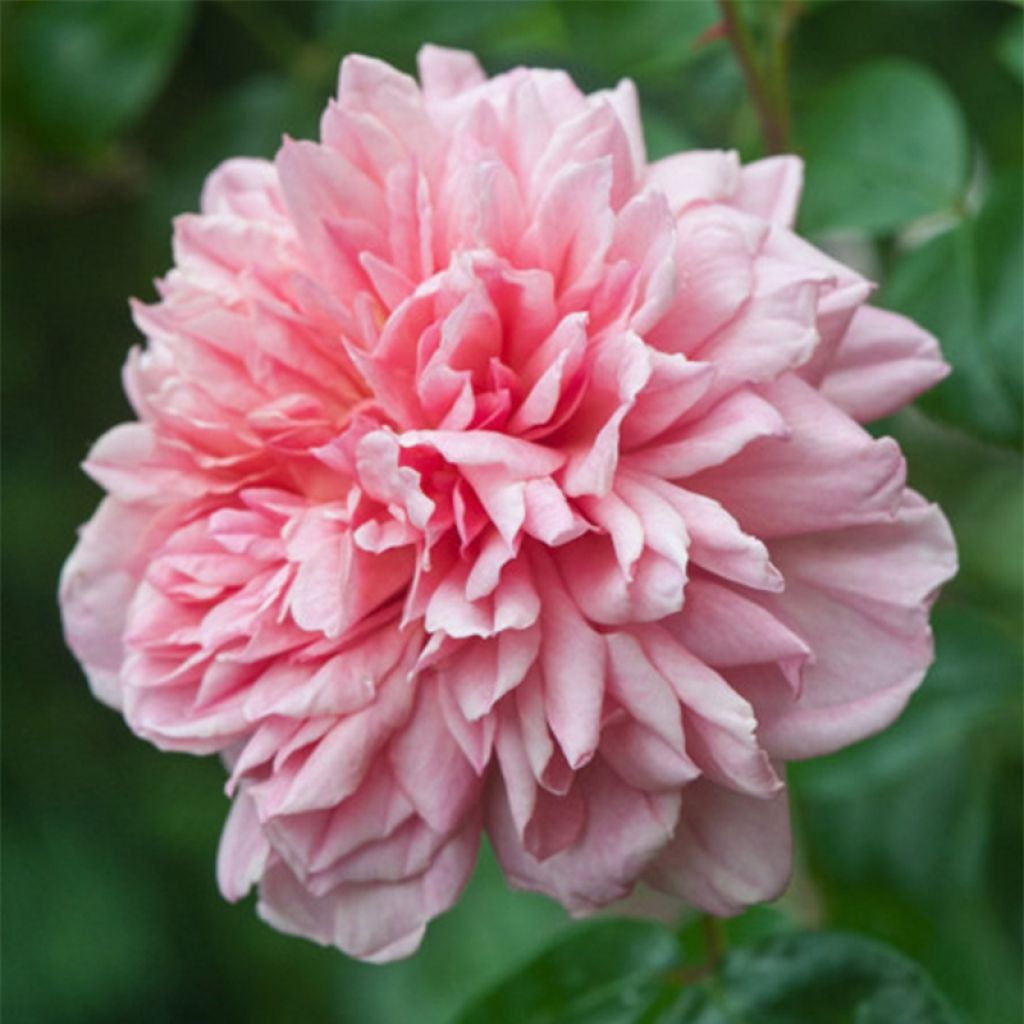

Rosa x wichuraiana 'Paul Noel' - Rambling Rose
View more pictures
Hide images
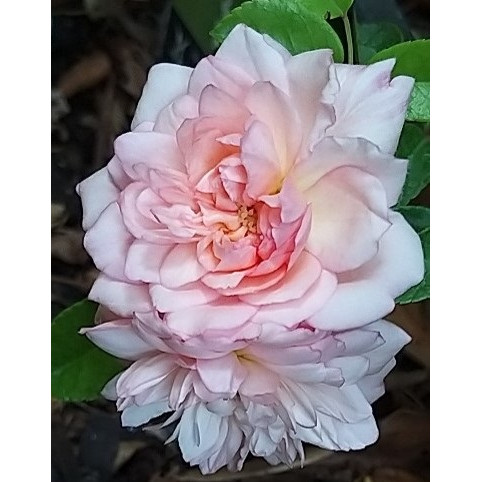
Thierry P.

August flowering - image 3 - In pair.
Thierry P. • 84 FR

Thierry P.

August flowering - image 2 - In buds (the foliage is quite thick and healthy).
Thierry P. • 84 FR
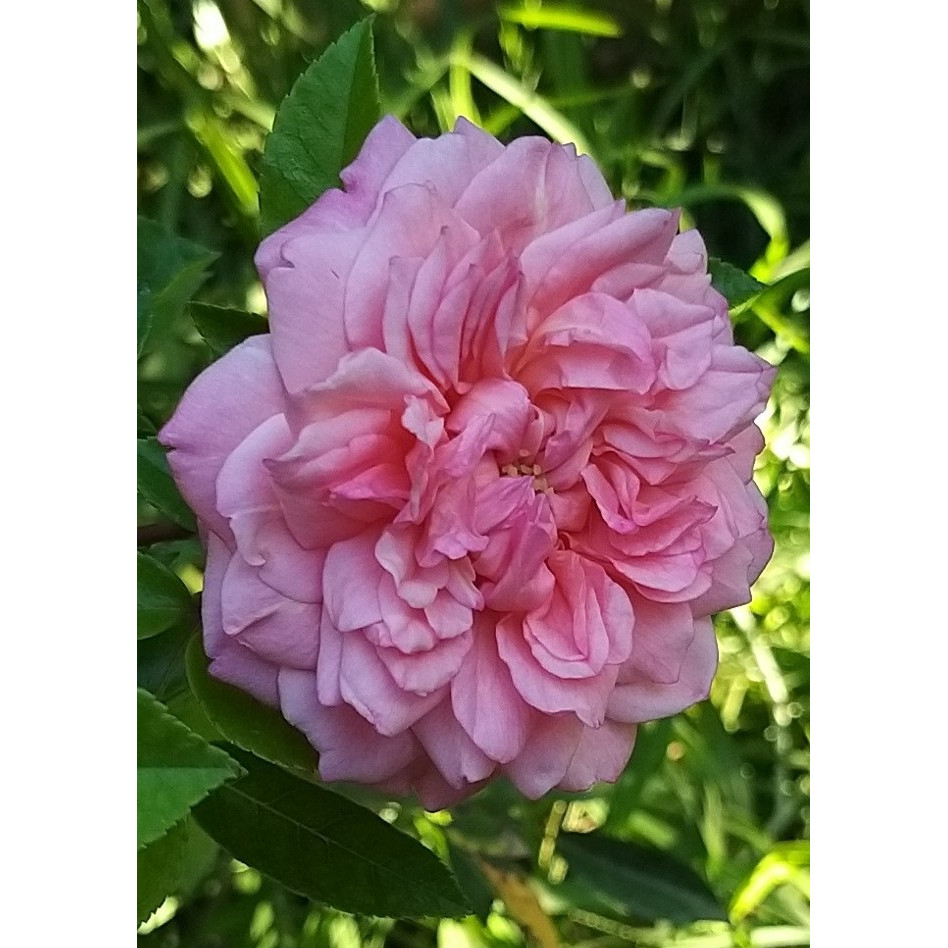
Thierry P.

August flowering - image 1 - Beautiful spike and spicy fragrance.
Thierry P. • 84 FR

Hélène G.

Paul Noël, planted in November, very nice growth.
Hélène G. • 29 FR
Rosa x wichuraiana 'Paul Noel' - Rambling Rose
Rosa x wichuraiana Paul Noel
Memorial Rose, Wichuraiana Rose
Beautiful rose bush, lovely plant, well packaged, very pleased, thank youuuuuuu
Jocelyne, 15/12/2024
Special offer!
Receive a €20 voucher for any order over €90 (excluding delivery costs, credit notes, and plastic-free options)!
1- Add your favorite plants to your cart.
2- Once you have reached €90, confirm your order (you can even choose the delivery date!).
3- As soon as your order is shipped, you will receive an email containing your voucher code, valid for 3 months (90 days).
Your voucher is unique and can only be used once, for any order with a minimum value of €20, excluding delivery costs.
Can be combined with other current offers, non-divisible and non-refundable.
Home or relay delivery (depending on size and destination)
Schedule delivery date,
and select date in basket
We guarantee the quality of our plants for a full growing cycle, and will replace at our expense any plant that fails to recover under normal climatic and planting conditions.
Description
The 'Paul Noël' Rose is a charming rambler, creating a sensational effect. This vigorous old rose produces flexible stems adorned with pretty dark green, shiny foliage, where full roses with an apple fragrance bask in groups of 2 to 5 for almost five weeks in summer. Their pointed and radiant petals display an attractive salmon-pink colour with sulfur-yellow reflections. Like most rambling roses, it has a weaker second flush, if at all, but this superb variety has the advantage of thriving in partial shade or even in shade in hot climates.
The 'Paul Noël' rose was created in 1913 by Rémi Tanne, an amateur rose breeder from Rouen. The rose has radiant and pointed petals resembling dahlias and has captivated observers since its first presentation. 'Paul Noël' is a large rose that can grow up to 3 to 5 metres (10 to 16 feet) tall and has a spread of around 1.80 metres (6 feet). The plant's long, flexible stems are covered in small dark green foliage that remains on the plant late in the season. However, this vigorous rose may be susceptible to powdery mildew, depending on the growing conditions. The flowers of this liana typically bloom in summer and appear on short shoots from the second year as salmon pink buds. They open in 6 cm (2in) diameter pompoms gathered in small bouquets along the stems. The flowers are coquettish, tousled, and charming, with a fragrance that evokes apples and chrysanthemums. They blend old rose and pale yellow and retain their colour until they fade.
'Paul Noël', like 'Paul Transon', to which it is similar, is particularly interesting for bringing a bit of lushness and colour to shaded areas of the garden. Hardy, undemanding, and frugal, it will thrive almost anywhere with a little care at planting. Like other climbers under 4.50 metres (15 feet), it can be perfectly trained as a large bush; it will grow less tall than when trained on a support, and after three years of cultivation, it will moderate its growth while retaining appreciated vigour. It can be trained as a weeping rose, adorn a gate, fences, and small pergolas, and be planted behind slightly too strict flower beds. The Trio 'Alberic Barbier', 'Albertine', and 'Paul Noël', intertwined in a harmony of colours and fragrances, is a pure wonder in June.
Rosa x wichuraiana 'Paul Noel' - Rambling Rose in pictures
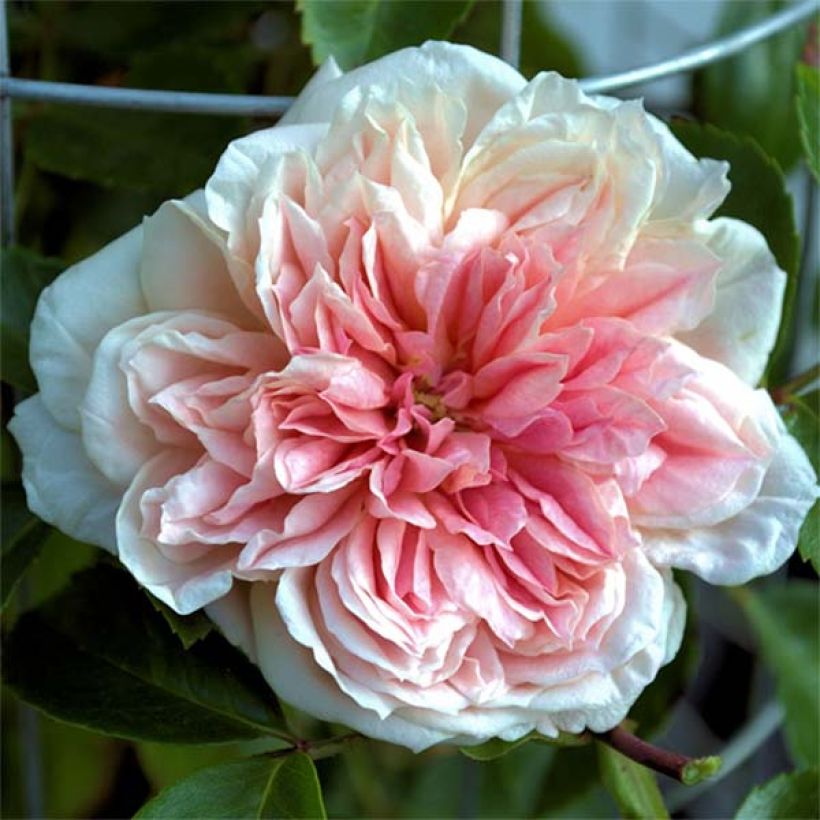

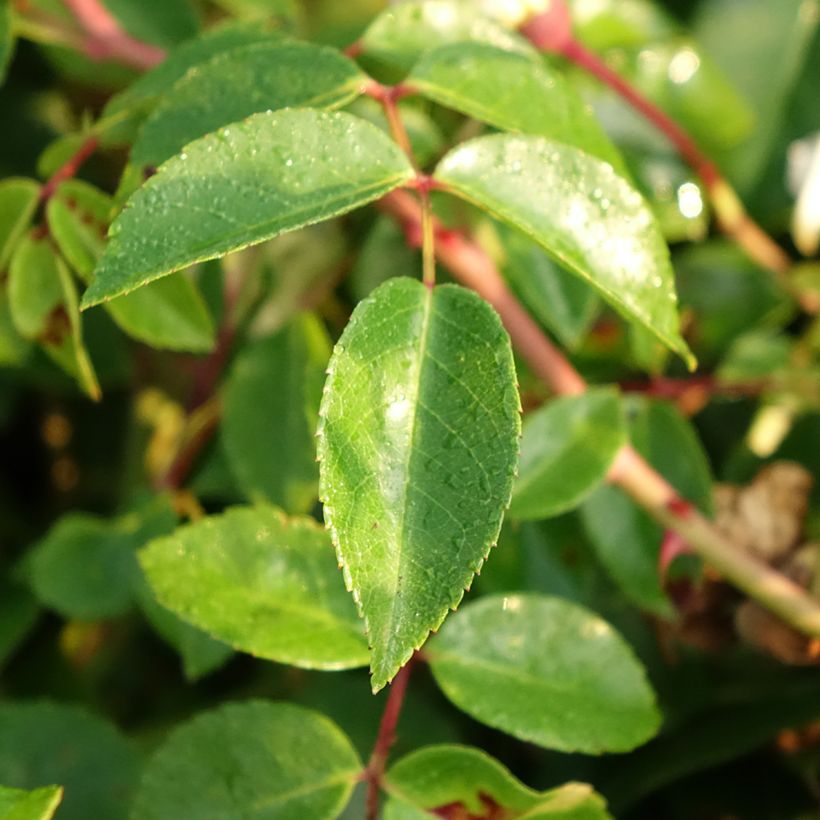

Plant habit
Flowering
Foliage
Botanical data
Rosa
x wichuraiana
Paul Noel
Rosaceae
Memorial Rose, Wichuraiana Rose
Cultivar or hybrid
Rosa canina Laxa (Wrapped bare root, 4L/5L pot)
Planting and care
The 'Paul Noël' rose is a flexible plant that can grow well in any soil type, including heavy or sandy soil. However, it requires proper care, adequate water supply during the establishment period, and proper nourishment. It is recommended to plant it in well-drained soil with good sunlight exposure, and autumn is the best time for planting, but avoid planting when it's freezing. The plant can tolerate semi-shaded or shaded areas in hot and sunny climates.
To ensure that the plant produces many flowers, it is advisable to prune the 2-year-old branches. Cut back the stems that bloomed the previous year to 3 or 4 buds or prune them to 15 cm (6in). Remove old stems if necessary and train the new ones. This rose is quite hardy and can withstand -20°C (-4°F). If the branches freeze to the ground due to harsh winter, they will regrow from the base in spring. Dead wood should be removed in winter, and faded flowers should be pruned if hip formation is not desired. Light pruning can be done in spring after the risk of frost has passed.
If there is limited space, climbing roses can be left to grow freely. But if you plant a climbing rose next to a living tree, the rose's root system will compete with the tree's already well-established roots. To control watering, you can plant the rose in a large container with a perforated bottom at the base of the tree. The tree's roots won't penetrate the container for at least a year. After a year, cut one side of the container to remove it without disturbing the rose's roots. The rose will have had enough time to develop its root system and will be more resistant.
Roses are often stained or unsightly at the end of summer, but it is not a problem for their development. These spots are not harmful to the rose but are natural.
Planting period
Intended location
Care
Planting & care advice
-
, onOrder confirmed
Reply from on Promesse de fleurs
Similar products
Haven't found what you were looking for?
Hardiness is the lowest winter temperature a plant can endure without suffering serious damage or even dying. However, hardiness is affected by location (a sheltered area, such as a patio), protection (winter cover) and soil type (hardiness is improved by well-drained soil).

Photo Sharing Terms & Conditions
In order to encourage gardeners to interact and share their experiences, Promesse de fleurs offers various media enabling content to be uploaded onto its Site - in particular via the ‘Photo sharing’ module.
The User agrees to refrain from:
- Posting any content that is illegal, prejudicial, insulting, racist, inciteful to hatred, revisionist, contrary to public decency, that infringes on privacy or on the privacy rights of third parties, in particular the publicity rights of persons and goods, intellectual property rights, or the right to privacy.
- Submitting content on behalf of a third party;
- Impersonate the identity of a third party and/or publish any personal information about a third party;
In general, the User undertakes to refrain from any unethical behaviour.
All Content (in particular text, comments, files, images, photos, videos, creative works, etc.), which may be subject to property or intellectual property rights, image or other private rights, shall remain the property of the User, subject to the limited rights granted by the terms of the licence granted by Promesse de fleurs as stated below. Users are at liberty to publish or not to publish such Content on the Site, notably via the ‘Photo Sharing’ facility, and accept that this Content shall be made public and freely accessible, notably on the Internet.
Users further acknowledge, undertake to have ,and guarantee that they hold all necessary rights and permissions to publish such material on the Site, in particular with regard to the legislation in force pertaining to any privacy, property, intellectual property, image, or contractual rights, or rights of any other nature. By publishing such Content on the Site, Users acknowledge accepting full liability as publishers of the Content within the meaning of the law, and grant Promesse de fleurs, free of charge, an inclusive, worldwide licence for the said Content for the entire duration of its publication, including all reproduction, representation, up/downloading, displaying, performing, transmission, and storage rights.
Users also grant permission for their name to be linked to the Content and accept that this link may not always be made available.
By engaging in posting material, Users consent to their Content becoming automatically accessible on the Internet, in particular on other sites and/or blogs and/or web pages of the Promesse de fleurs site, including in particular social pages and the Promesse de fleurs catalogue.
Users may secure the removal of entrusted content free of charge by issuing a simple request via our contact form.
The flowering period indicated on our website applies to countries and regions located in USDA zone 8 (France, the United Kingdom, Ireland, the Netherlands, etc.)
It will vary according to where you live:
- In zones 9 to 10 (Italy, Spain, Greece, etc.), flowering will occur about 2 to 4 weeks earlier.
- In zones 6 to 7 (Germany, Poland, Slovenia, and lower mountainous regions), flowering will be delayed by 2 to 3 weeks.
- In zone 5 (Central Europe, Scandinavia), blooming will be delayed by 3 to 5 weeks.
In temperate climates, pruning of spring-flowering shrubs (forsythia, spireas, etc.) should be done just after flowering.
Pruning of summer-flowering shrubs (Indian Lilac, Perovskia, etc.) can be done in winter or spring.
In cold regions as well as with frost-sensitive plants, avoid pruning too early when severe frosts may still occur.
The planting period indicated on our website applies to countries and regions located in USDA zone 8 (France, United Kingdom, Ireland, Netherlands).
It will vary according to where you live:
- In Mediterranean zones (Marseille, Madrid, Milan, etc.), autumn and winter are the best planting periods.
- In continental zones (Strasbourg, Munich, Vienna, etc.), delay planting by 2 to 3 weeks in spring and bring it forward by 2 to 4 weeks in autumn.
- In mountainous regions (the Alps, Pyrenees, Carpathians, etc.), it is best to plant in late spring (May-June) or late summer (August-September).
The harvesting period indicated on our website applies to countries and regions in USDA zone 8 (France, England, Ireland, the Netherlands).
In colder areas (Scandinavia, Poland, Austria...) fruit and vegetable harvests are likely to be delayed by 3-4 weeks.
In warmer areas (Italy, Spain, Greece, etc.), harvesting will probably take place earlier, depending on weather conditions.
The sowing periods indicated on our website apply to countries and regions within USDA Zone 8 (France, UK, Ireland, Netherlands).
In colder areas (Scandinavia, Poland, Austria...), delay any outdoor sowing by 3-4 weeks, or sow under glass.
In warmer climes (Italy, Spain, Greece, etc.), bring outdoor sowing forward by a few weeks.


































